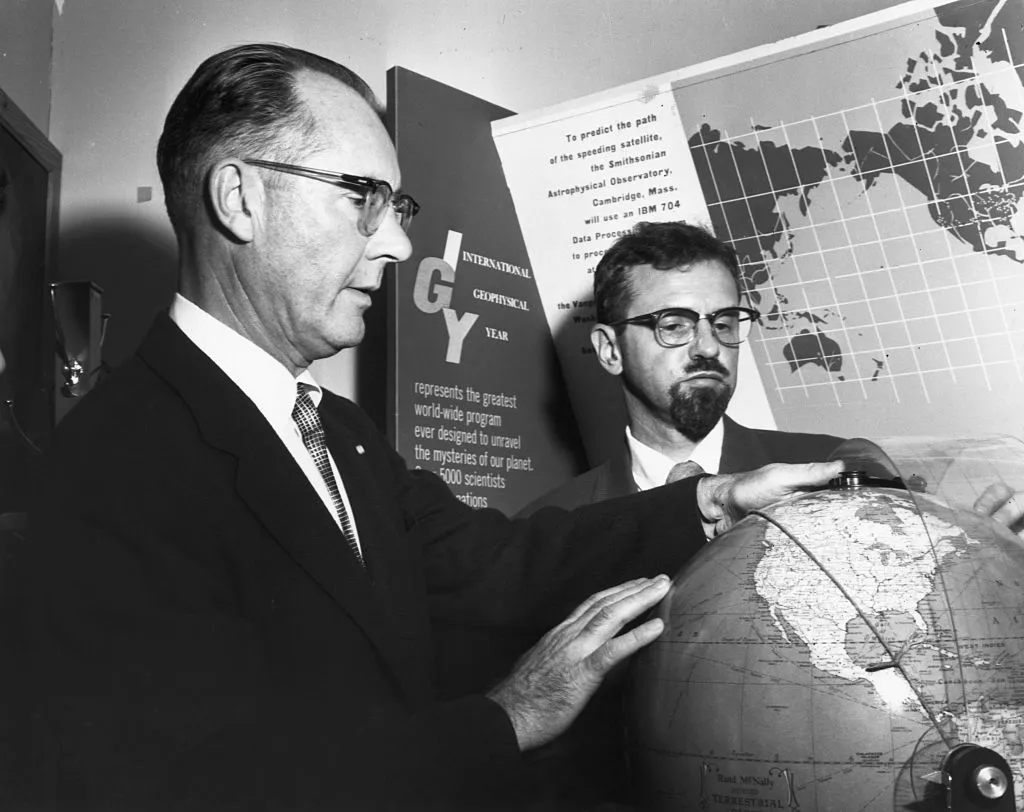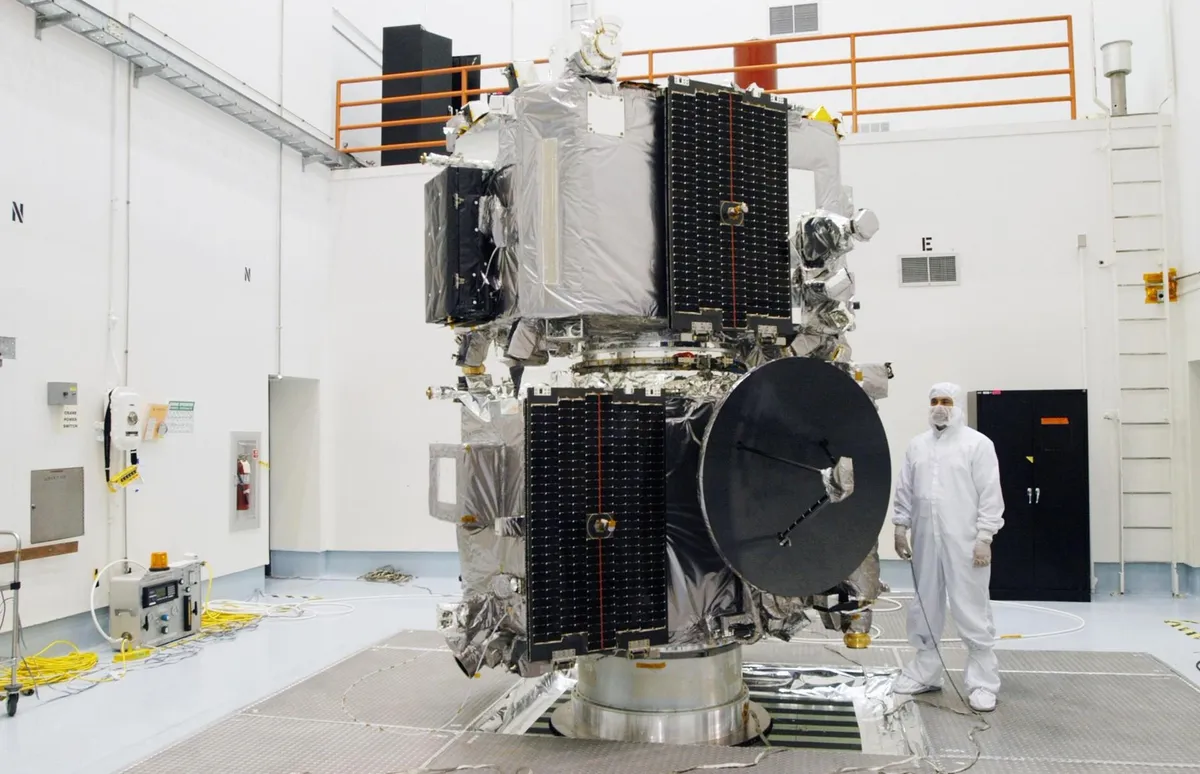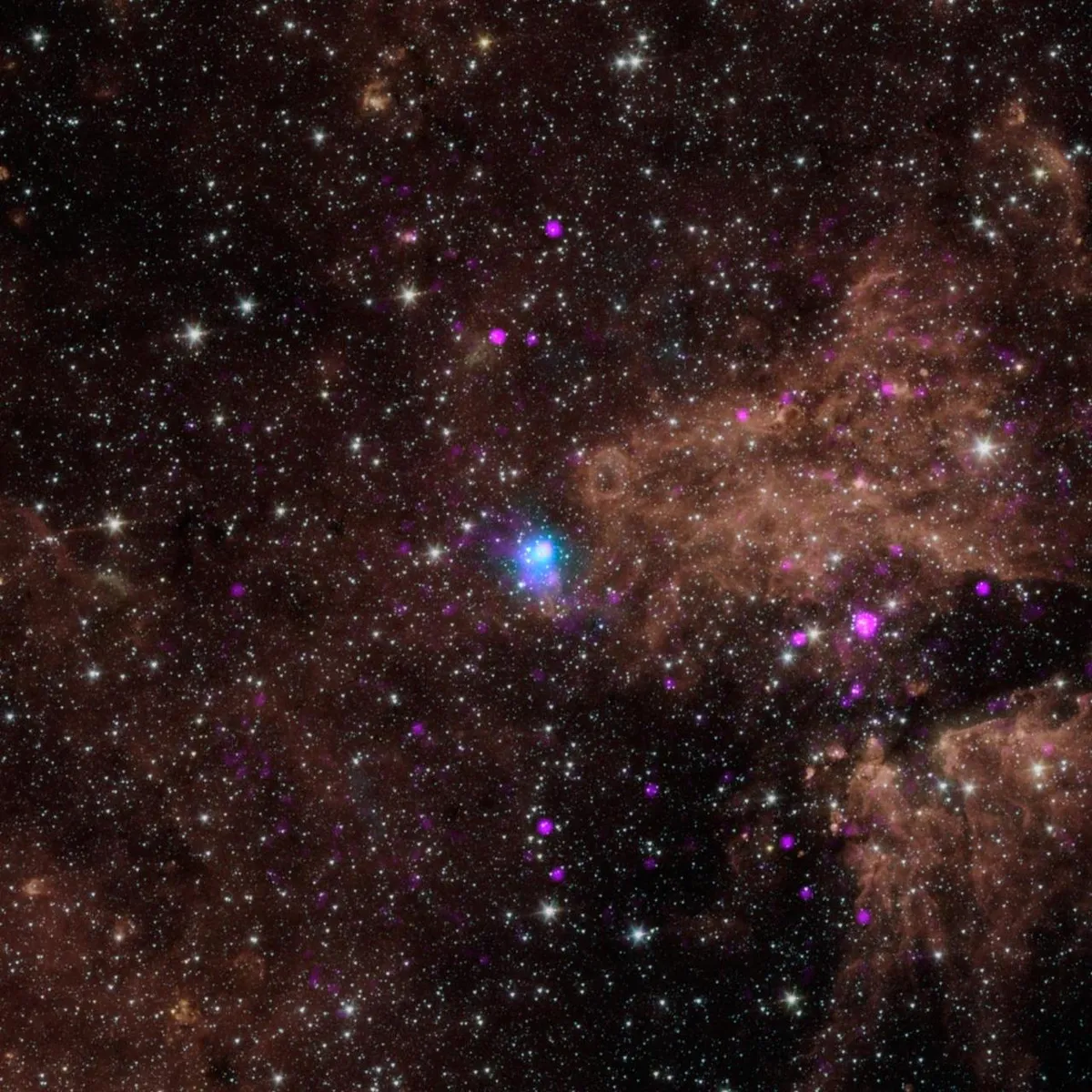Citizen science is - as the name suggests - scientific research carried out by non-expert citizens, often guided by scientists. Though many forms of citizen science exist across the physical and social science disciplines, there exist many projects related specifically to space science.
You don't need a science degree or even any prior knowledge in a lot of cases, just a curious mind and a thirst for scientific discovery.
- Citizen science and 'spiders' on Mars
- Amateur astronomer captures supernova's first light
- What's up with Steve the aurora?
Here we will discuss what it takes to be a citizen scientist, significant milestones in the history of citizen (space) science and what projects you can get involved in to help further space exploration and understanding.
Due to the accessibility of advanced technology, citizen science has really taken off. With the prospect of discovering a new galaxy from your smartphone, who wouldn't want to be citizen space scientist?
Historical Significance
Citizen science is not a recent phenomenon. The value of public participation was made clear in one of the most important citizen science projects in the history of astronomy, Operation Moonwatch.
The project was established in 1956 by the Smithsonian Astrophysical Observatory as part of the International Geophysical Year.
At the dawn of the Space Age, thousands of citizens around the world, from teenagers to adults, joined the cause to help scientists track the launches of the first artificial satellites, such as the Soviets' Sputnik 1.
Operation Moonwatch relied on volunteers carefully watching the night sky and recording any signs of artificial satellites.
Through their observations, trajectories of these satellites could be established.
Until professional tracking stations became active in 1958, moonwatchers were on the front line of space tracking observations of the first artificial satellites.

The programme continued long after the International Geophysical Year ended and professional tracking stations were established.
One of the most notable observations made by a Moonwatcher after was the detection of Sputnik 4 as it re-entered Earth's atmosphere in September 1962.
Their observations led to the recovery and analysis of several fragments of the Soviet satellite. When Operation Moonwatch ended in 1975 it was one of the longest running amateur science activities ever to be carried out.
It paved the way for modern day citizen science projects, proving that the public are a valuable and reliable resource for mass data collection and analyses.
How can I get involved in citizen science?
Nowadays scientists are forever finding new ways to gather more data from the cosmos. However, modern supercomputers can only process so much.
Despite advances in technology, scientists are still reliant on the public to help analyse data and in some cases to 'train' computers in the art of data analysis.
As technology advances, so has the accessibility of citizen science programmes.
Here are some of the current popular research projects available to anyone with a computer, and in some cases even just a smartphone!
Zooniverse
This umbrella organisation is a hub of various citizen science projects including:
The first Zooniverse project to be established. Galaxy Zoo helps astronomers study the formation and evolution of galaxies. Users are shown an image of a galaxy and have to answer a series of questions that describe its appearance.
A mobile version edition of Galaxy Zoo is also available. Find it in your Android or Apple app store.
Using data from NASA's STEREO mission, this project tracks solar eruptions and the material ejected through the inner Solar System.
Users help by tracing outlines of the solar storms in each image to help improve tracking techniques.

SETI@home
This is perhaps one of the most well-known space citizen science projects in the world, partly due to the fact it's been around since 1999 and partly due to its imagination-inducing research theme: the search for extra-terrestrial intelligence.
Will we ever find life beyond Earth? Millions of people contribute to SETI's research in answering this question.
For those who don't have too much time to commit to a project, SETI@home is perfect.
To participate, a user simply runs a free program on their computer that downloads and analyses radio telescope data whilst the computer is idle.
Who'd have thought you could contribute to cutting edge scientific research while making a cup of tea?
Einstein@Home
This is similar to the SETI@home setup, except the aim is to search for astrophysical signals from pulsars (spinning neutron stars) using data from the LIGO gravitational-wave detectors, the Arecibo radio telescope and the Fermi gamma-ray satellite.
Einstein@Home is another program that runs whilst your computer is in idle mode. Ithas over 500,000 participants, providing a sustained computing power of roughly 5.5 teraflops.
To put this in context, as of June 2019 Einstein@Home would be in the top 50 most powerful computers in the world.

American Association of Variable Star Observers (AAVSA)
This project is aimed at more experienced practical amateur astronomers and its aim is the study of variable stars.
Users are required to observe a variable star and compare its brightness with that of nearby non-variable stars and report the brightness to the AAVSA.
JunoCam
This NASA-led project to produce images of Jupiter is for the more experienced citizen scientist, except this time the skill required is image processing.
Many of the newest and most iconic Jupiter images we see today are the result of creative, hardworking members of the public.
Images captured by NASA's Juno spacecraft via its JunoCam camera are uploaded to the Juno website in their raw state, and anyone can download and process the Jovian images at their own pace.
When completed, citizen scientists can upload their images online for the world to see. Without the public, we wouldn't have the wealth of beautiful Jovian images that we have today.
These images continue to be used across the spectrum of astronomy, from scientific papers and journals to television documentaries.
ComosQuest
This project enables citizen scientists to help map scientifically interesting features in the Solar System. One of the projects you can get involved in is Moon Mappers.
Users map craters on the Moon using images from NASA's Lunar Reconnaissance Orbiter. They identify the location of a crater in the image and draw a circle over each one.
This is a nice and easy project that you can dip in and out of whilst on your coffee break.

Stardust@home
In this project you can help scientists look for the first pristine dust particles ever collected in space.
The dust was sampled by NASA's Stardust mission and it is estimated that under 100 particles were collected.
These particles are only a micron in size (a millionth of a meter) and were collected over a large surface area. Suffice to say this mission is like looking for a fine needle in a large haystack!
Before contributing to the project on real samples, users are taken through an explanatory tutorial that explains what to look for.
There is a test at the end of the tutorial you will need to pass in order to analyse the real data. So pay attention!
Get involved
Whether you're actively seeking out to take part in interactive data analyses or are simply wanting to sit back and allow your computer to do all the work, participating in these projects is vitally important to the scientific community.
Computers may be getting more powerful, but the human brain hasn't been made redundant just yet. Scientists still need the public, more now than ever.